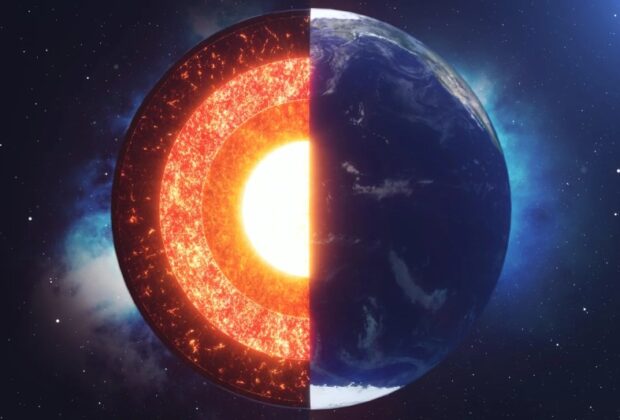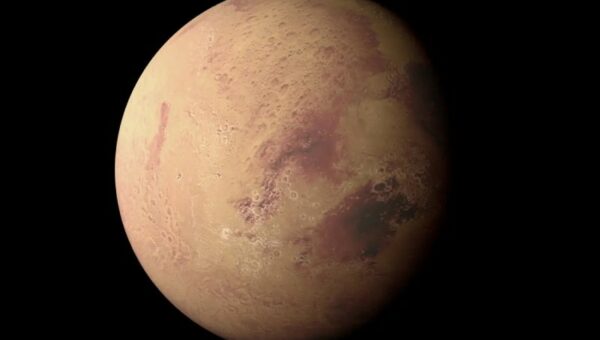At the center of our planet, scientists in China have discovered that the Earth’s inner core wobbles around its rotational axis every 8.5 years. According to the researchers’ latest study, this shift is most likely the result of a minute misalignment between the Earth’s inner core and mantle, or the layer beneath its crust.
Earth’s core separates into an inner layer that is mostly solid and an outer layer that is filled with swirling liquid at a depth of approximately 1,800 miles (2896 km) below the surface. The length of each day and the Earth’s magnetic field, which shields people from the sun’s harmful rays, are just two of the many geophysical dynamics of our planet that are partially caused by this region.
The study, which was published on December 8 in the journal Nature Communications, suggests that the newly discovered tilt in the inner core may eventually cause a change in the liquid core’s shape and motion, which could result in a possible shift in Earth’s magnetic field.
In 2019, the geophysical researchers, under the direction of Wuhan University’s Hao Ding, examined the movement of the Earth’s rotational axis, or polar rotation, with respect to its crust in order to gain a better understanding of the inner workings of this core. They found a small polar motion anomaly that occurred approximately every 8.5 years, suggesting the possibility of a “inner core wobble,” akin to the wobble of a spinning top.
In their most recent study, Ding and his colleagues verified this cycle once more by comparing the minute changes in day length that occur globally, which are governed by the rotational axis of the Earth, to the polar motion variations they had previously detected. In contrast to the conventional Earth rotation theory, which “assumes that the rotation axis of the Earth’s inner core and the rotation axis of the mantle coincide,” Ding’s data indicates that the probable cause of this wobble is a tilt of 0.17 degrees between the Earth’s inner core and mantle. Ding sent this information to Live Science via email.
According to the research, this tilt may suggest that there is a difference in density between Earth’s inner and outer cores and that the northwest hemisphere of the inner core may be slightly denser than the rest of this layer.
According to John Vidale, an Earth science professor at the University of California, the new study “helps discern the difference in composition between the metal in the solid inner and liquid outer core as well as estimates direction and speed of the wobble of the inner core,” he wrote to Live Science via email. “Nothing here to save humanity this week, but the work adds basic building blocks to understand our planet.”
Apart from the inner core wobble, the research team ruled out hydrological, oceanic, and atmospheric influences that could have contributed to the polar motion deviation. However, according to Vidale, “it takes many kinds of experts to assemble the kind of analysis done in this study,” so it is challenging to determine these sources weren’t involved.
In the future, this finding might aid scientists in comprehending the relationships between the Earth’s interior core and phenomena that affect people, such as magnetic field shifts and earthquakes.




